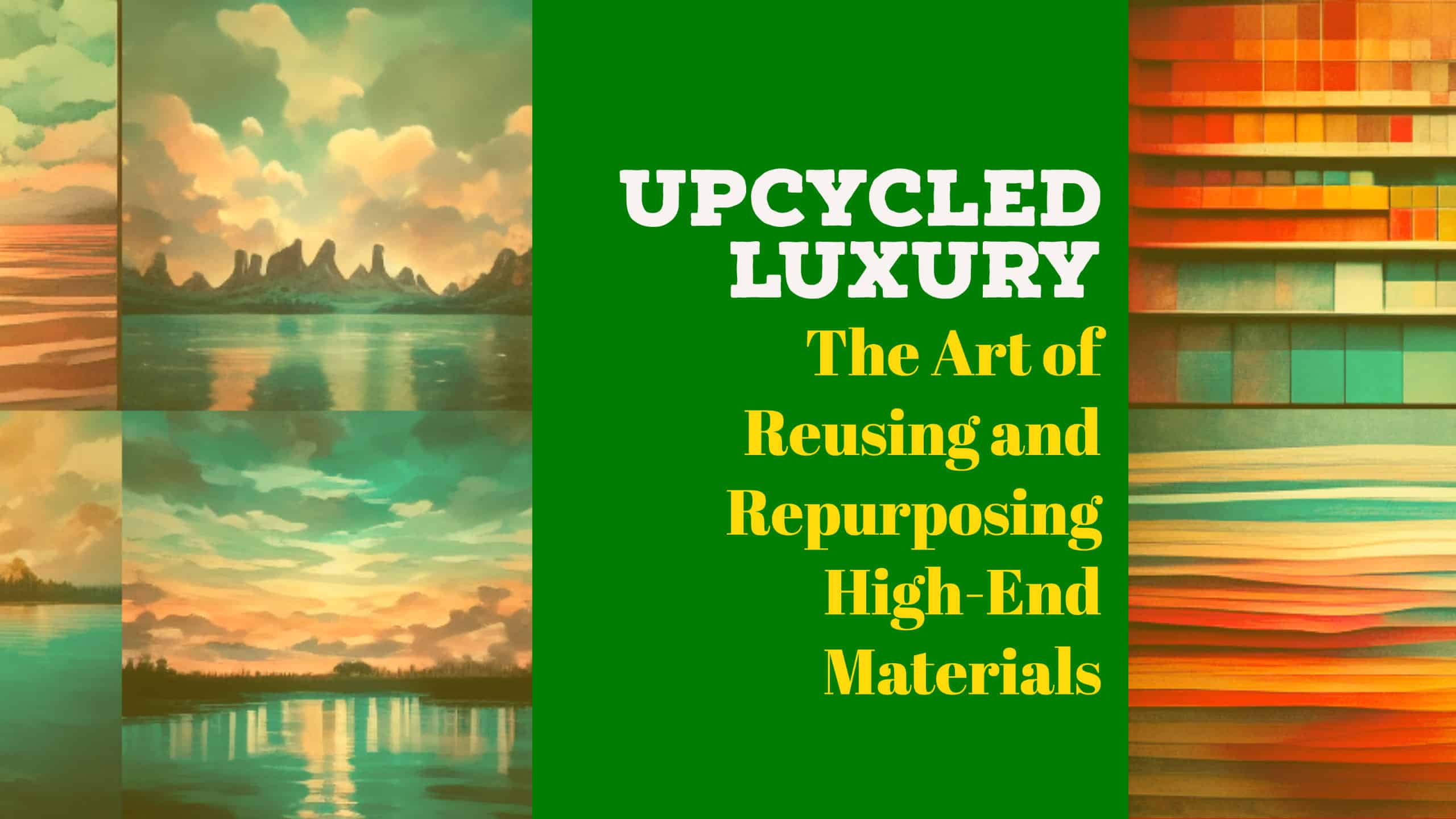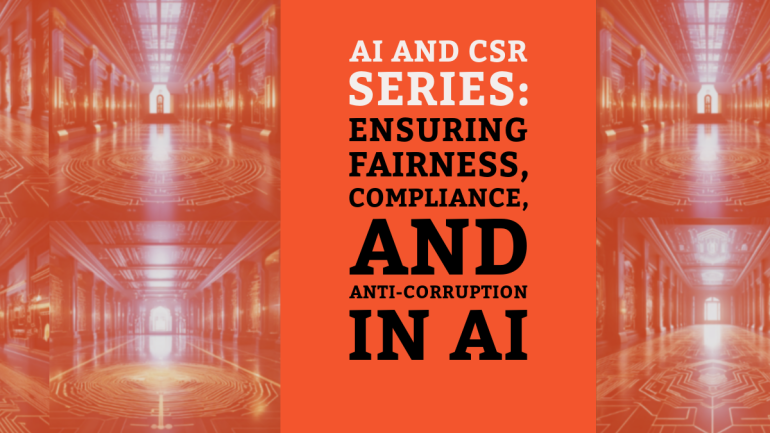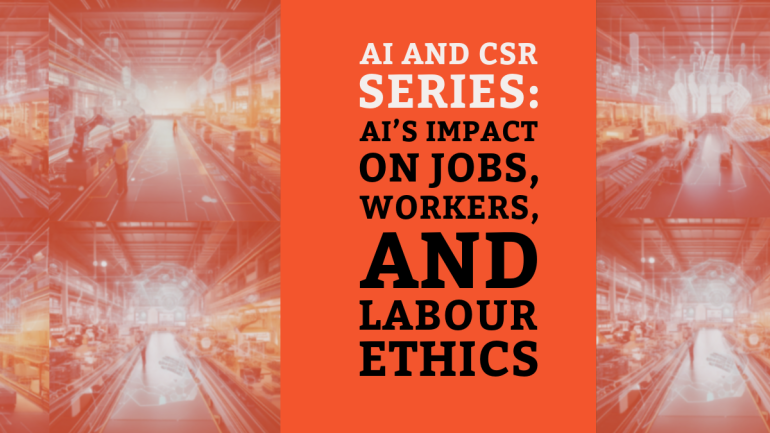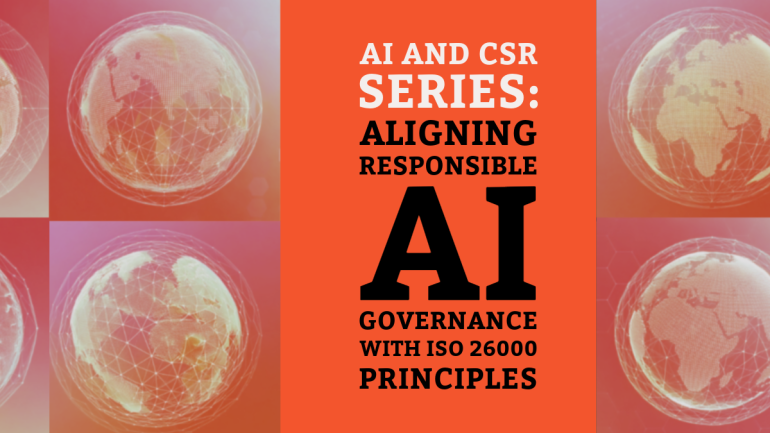Table of Contents
You may also interested:
Environmental consciousness has become an indelible part of our collective consciousness in the 2020s. No longer can global warming and animal extinction can be ignored. The negative impact of our human and industrial activities on the Earth has come back to us, and has become a risk to ourselves. A new study, as reported by MasterCard, across 24 countries reveals 58% of adults are more mindful of their impact on the environment, and 85% said they’re willing to take personal action to combat environmental and sustainability challenges in 2021.
What is Upcyling?
In light of this, one of the initiatives in this direction is upcycling. Upcycling is a philosophy and a method of environmental consciousness where used products are transformed into new materials or products perceived to be of greater quality, such as artistic value, functional value or aesthetic value.
Artistic value means that the used products are transformed into art works, such as sculptures or installations.
Functional value means that the used products are transformed into new consumer products, which are then piped back into the consumer market. Examples include plastics that are made into reusable bags for shopping.
Aesthetic value means that the used products are refurbished into a product that is more aesthetically appealing. This is slightly different from artistic value, because artistic value resides in the artistic appreciation space, while aesthetic value resides in the general consumer market.
Upcyling vs Downcyling
Upcycling as a philosophy and as a process is seen to be different from downcycling, but still within the scope of “recycling”. Specifically, it is seen as a value-add to the “reuse” component of recycling, whereby “reuse” is simply to extend the life of a used product whereby “upcycle” is to give new life to a used product through added value. “Downcycling” on the other hand, is to break down used products into and take its usable parts to pipe back into the manufacturing process. All in all, upcycling attempts to institute a circular economy rather than a linear economy. A linear economy (not an economic term, but a term employed in the environmental space) is an economy where goods have only one life. They are produced, purchased, used and discarded at the end of their life cycle. A circular economy, on the other hand, does not relegate just one life to one product. Products are given a new and different life at the end of their current life cycle. In doing so, we are reducing the amount of waste created by consumers as well as by the manufacturing process.
Because of its environmental consciousness and its ability to appeal to the consumer market via added value, many industries and brands have been very keen to take up upcycling. The fashion industry, for example, has been a strong proponent of this philosophy of upcycling. In the fashion industry, upcycling has made use of used (post-consumer) clothing and unused (pre-consumer) scraps to create upcycled items of fashion such as clothing, headwear, footwear or bags.
Upcyling Luxury Examples
Zegna #UseTheExisting
The most famous in this regard is the Zegna hashtag and philosophy #UseTheExisting. #UseTheExisting is a key project that marks Zegna’s commitment to make the dream of zero waste possible by increasing the use of wool and technical fabrics made from pre-existing and post-consumer sources, of course, in an attempt to reduce Zegna’s carbon footprint. With this mindset, Zegna aims to upcycle the entire production process.
Levi’s® x Miu Miu
Another example of upcycling is the partnership between Miu Miu and Levi’s. The partnership collection upcycles pre-loved jeans from the 1970s and 1980s by redesigning them with hand embroidery and other embellishments.
Fendi SS21 Recycled PVC Basket Bags
Fendi too have joined the upcycling thrust by creating a series of bags that are designed for everyday use. These Fendi recycled PVC bags were made from pre-consumer scraps off the factory floor from making their luxury sneakers. On top of that, these bags are customisable for different carrying preferences as well as personalities through straps, charms and other accessories.
Lamborghini Upcycled Leather Project
Lamborghini, the luxury car manufacturer, has teamed up with Cartiera for the “Upcycled Leather Project” where leftover materials from its car production are used to create various luxury accessories for consumers to purchase. These upcycled products are produced by Cartiera but feature the iconic Automobili Lamborghini shield.

 Pictures courtesy of: Lamborghini
Pictures courtesy of: Lamborghini
Salvatore Ferragamo Icon-Up
Salvatore Ferragamo has released its Icon-Up collection of 300 shoes and accessories made from production leftovers, items recovered at the end of their life cycle and products that have yet to find a home. The upcycling for the collections extends to the packaging, which includes drawstring bags with components made from stock and production leftovers. There are also boxes made with Favini Remake paper, which combines 30% post-consumer waste pulp and 25% pre-consumer leather waste.

 Pictures courtesy of: Salvatore Ferragamo
Pictures courtesy of: Salvatore Ferragamo
Afterthoughts on Upcyling Luxury
In a more critical perspective, however, it might not just be an intrinsic environmental consciousness that’s propelling fashion brands towards upcycling.
Firstly, during the Covid-19 pandemic, retail suffered a fair bit. While many consumer switched to online shopping, demand in general fell, as many less-tech savvy consumers decided to just not make any purchases at all. Furthermore, supply chains were disrupted or compromised, especially with flights being reduced significantly, and global distribution as a whole suffering. Fashion brands were left with a lot of “deadstock”, which they define as unused and unsold clothing, fabric and materials. This unprecedented surplus of deadstock prompted fashion brands to create new designs that could use this deadstock effectively by transforming them into new designer goods. This was then conveniently given the label of “upcycle” to align with the increasing environmental consciousness among the consumer population. And by having big designer brands participate in upcycling, upcycling too has become a prestigious concept to be associated with a gentry crowd and a gentrified mentality.
Secondly, on the surface, the embrace of upcycling by fashion brands can be seen as timely. The fashion industry has received a fair bit of flak over the years for encouraging a “buy now, wear once and throw quickly” philosophy of fast fashion. Retail giants like Uniqlo and Shein have been at the forefront of this debacle, especially with their low prices and less-than sturdy designs prompting this philosophy. As such, most luxury fashion brands would not have turned to upcycling fashion solutions had they not been faced with this issue of having an impact on the environment.










